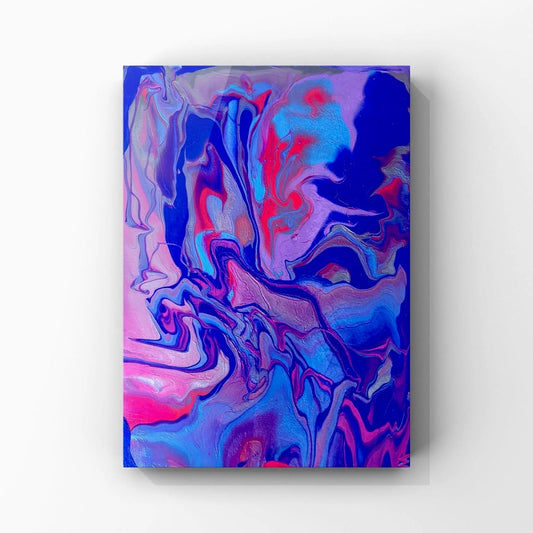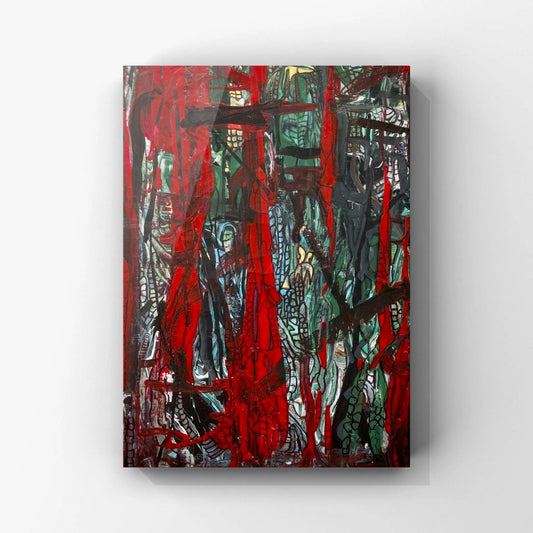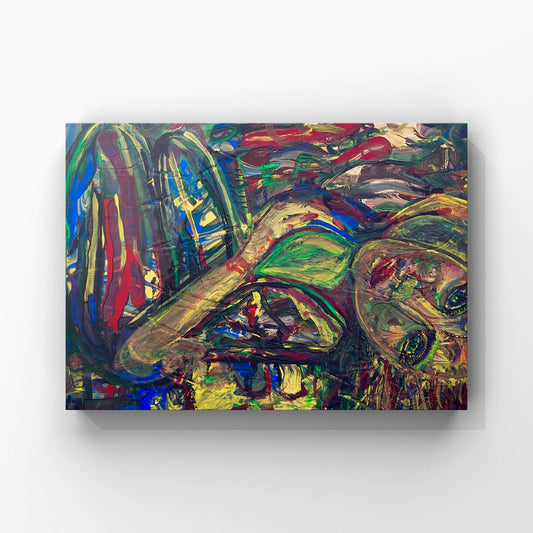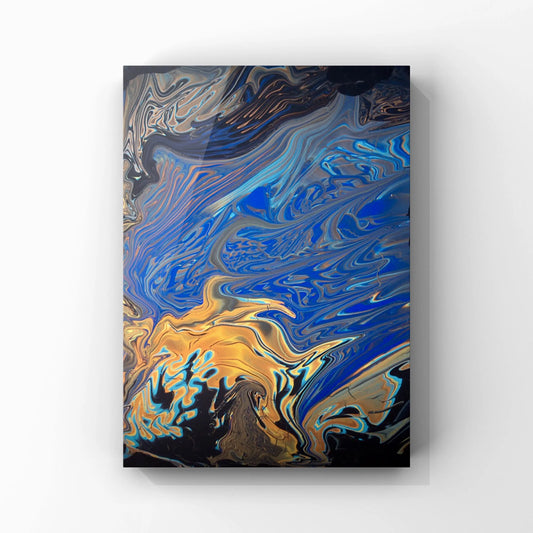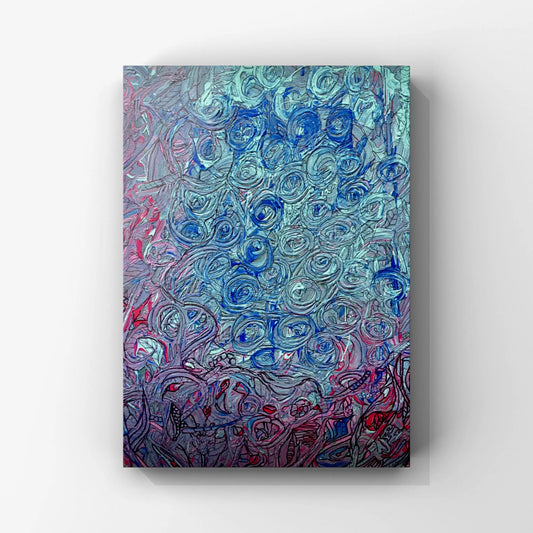-
‘A Morning Dream’ Unique Art Painting
Regular price $589.00 CADRegular priceUnit price per -
‘Angelic’ Original Art On Canvas| Art With Evie
Regular price $449.00 CADRegular priceUnit price per -
‘Arcadia’ Mixed Media Canvas Wall Art
Regular price $449.00 CADRegular priceUnit price per -
‘Beautiful Lies’ Original Canvas Wall Art
Regular price $449.00 CADRegular priceUnit price per -
‘Believe’ Mixed Media Canvas Wall Art
Regular price $400.00 CADRegular priceUnit price per -
‘Cosmos’ Modern Art Painting | Art With Evie
Regular price $429.00 CADRegular priceUnit price per -
‘Dark Places’ Mixed Media Art
Regular price $349.00 CADRegular priceUnit price per -
‘Dark Secrets’ Original Canvas Wall Art
Regular price $400.00 CADRegular priceUnit price per -
‘Dead Love’ Personalized Canvas Wall Art
Regular price $389.00 CADRegular priceUnit price per -
‘Earth’ Acrylic Art Painting
Regular price $429.00 CADRegular priceUnit price per -
‘Easter’ Mixed Media Canvas Wall Art
Regular price $649.00 CADRegular priceUnit price per -
‘Electric’ Original Canvas Wall Art
Regular price $495.00 CADRegular priceUnit price per -
‘Eye Of The Storm’ Mixed Media On Canvas
Regular price $369.00 CADRegular priceUnit price per -
‘Fireworks’ Acrylic Art On Canvas
Regular price $400.00 CADRegular priceUnit price per -
‘Forgiven’ Original Canvas Wall Art
Regular price $489.00 CADRegular priceUnit price per -
‘Freak Show’ Unique Wall Decor Painting
Regular price $449.00 CADRegular priceUnit price per -
‘Gatekeeper’ Mixed Media Canvas Wall Art
Regular price $459.00 CADRegular priceUnit price per -
‘History’ Mixed Media On Canvas
Regular price $449.00 CADRegular priceUnit price per -
‘Hope’ Mixed Media Handmade Art
Regular price $349.00 CADRegular priceUnit price per -
‘Hypnotic’ Original Canvas Wall Art Painting
Regular price $569.00 CADRegular priceUnit price per







